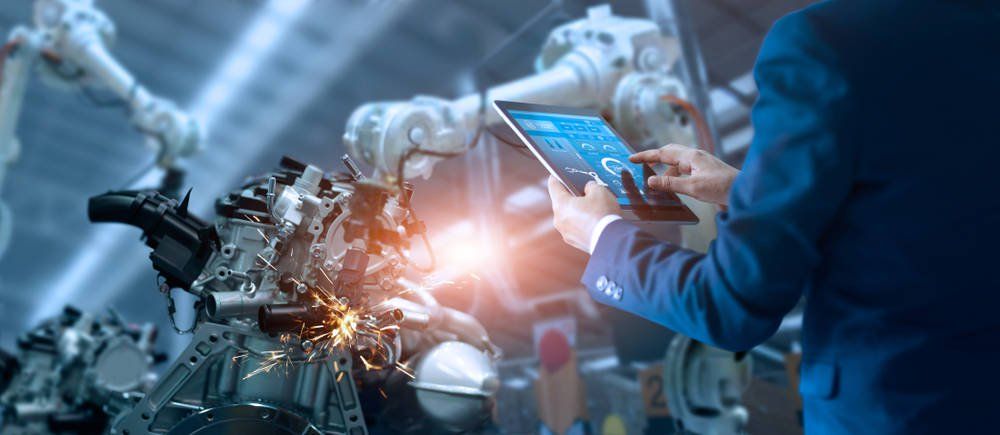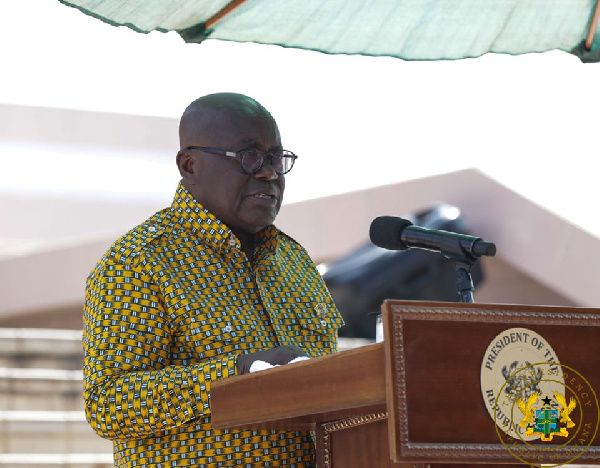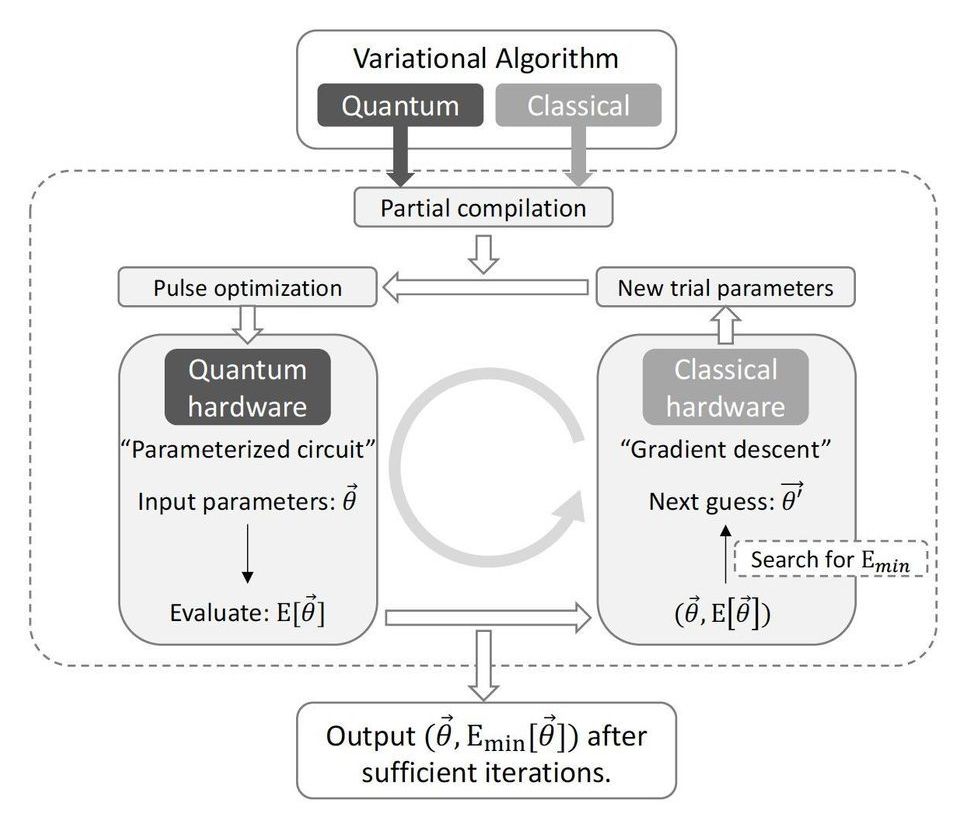Vid Robots normally need to be programmed in order to get them to perform a particular task, but they can be coaxed into writing the instructions themselves with the help of machine learning, according to research published in Science.
Engineers at Vicarious AI, a robotics startup based in California, USA, have built what they call a “visual cognitive computer” (VCC), a software platform connected to a camera system and a robot gripper. Given a set of visual clues, the VCC writes a short program of instructions to be followed by the robot so it knows how to move its gripper to do simple tasks.
“Humans are good at inferring the concepts conveyed in a pair of images and then applying them in a completely different setting,” the paper states.







